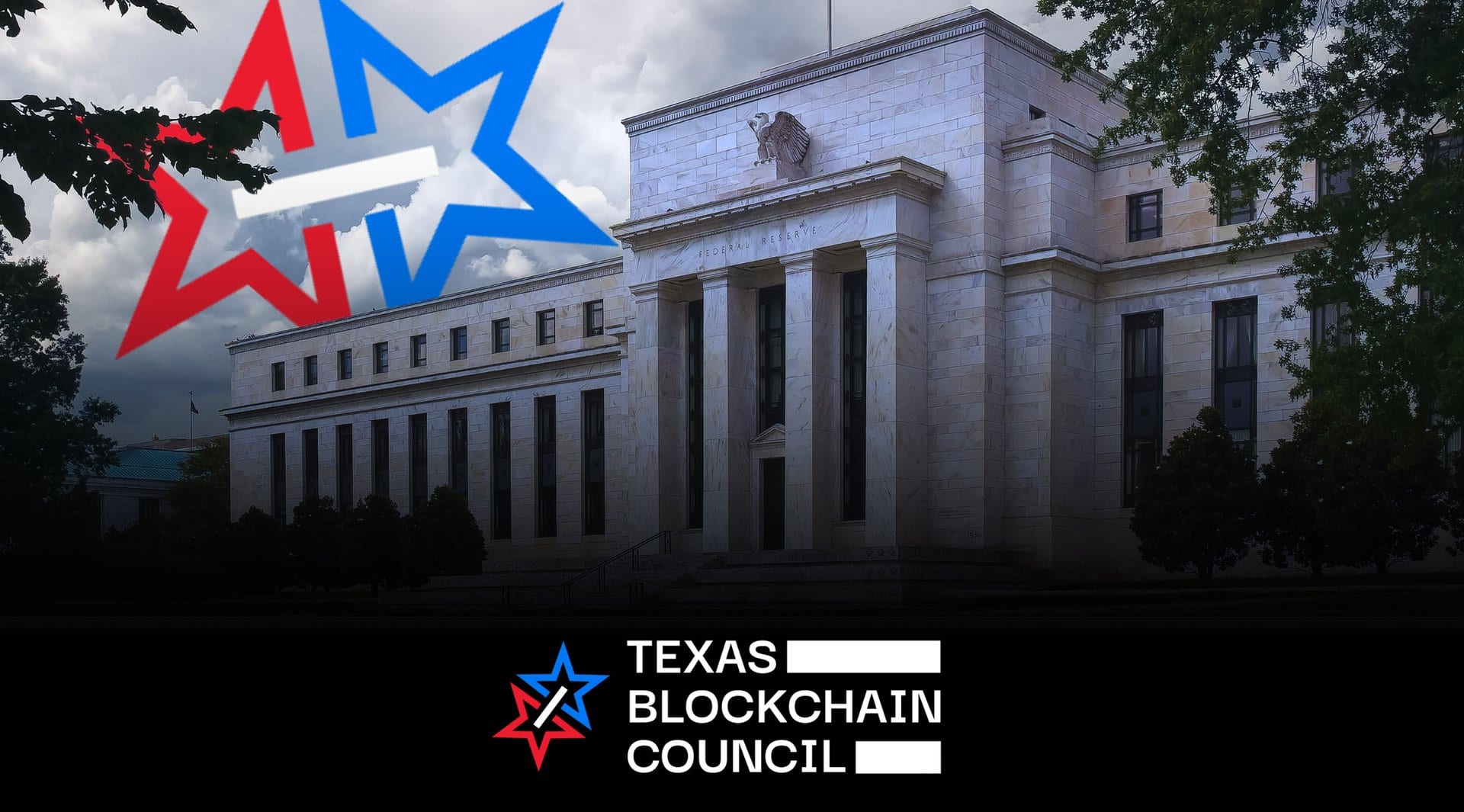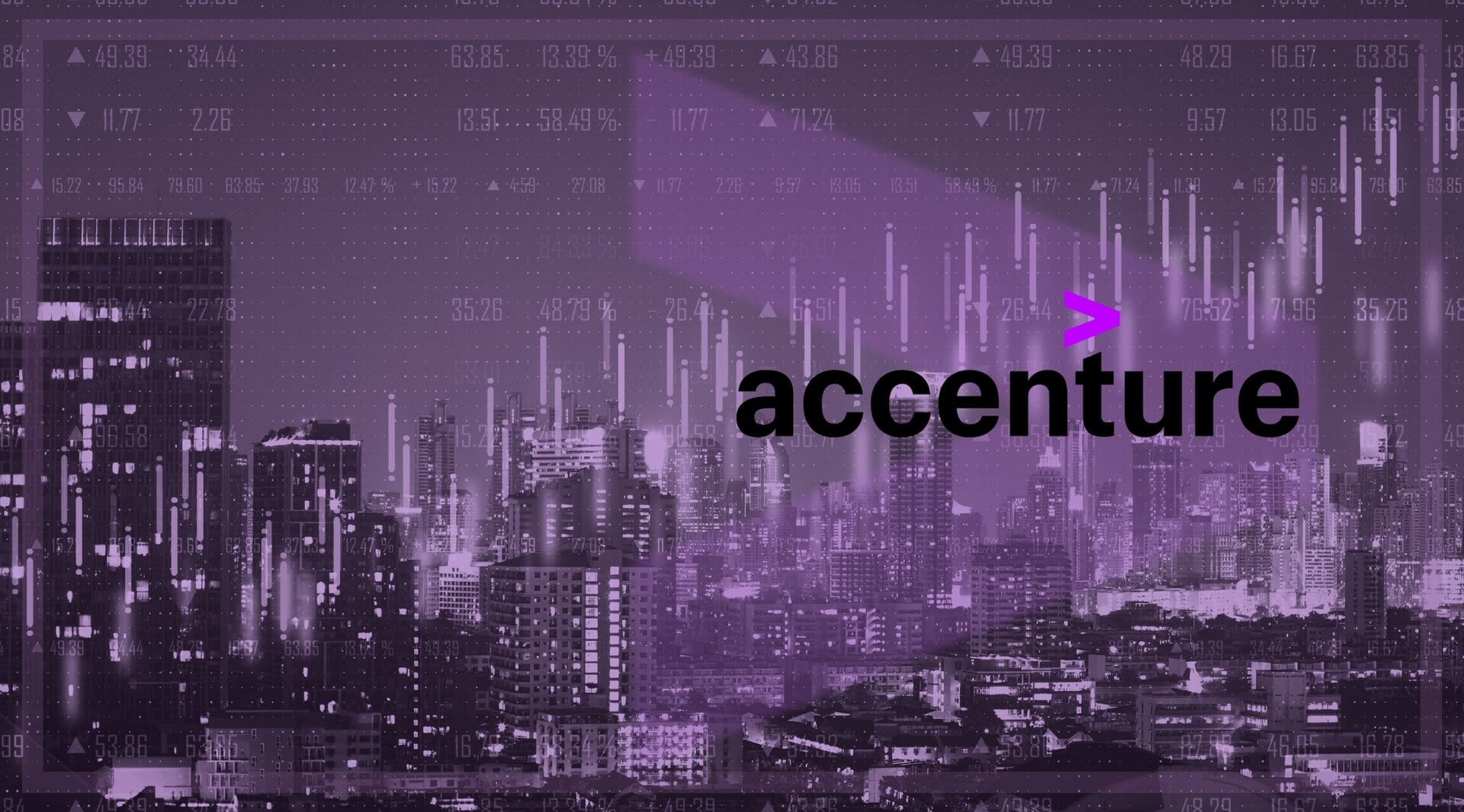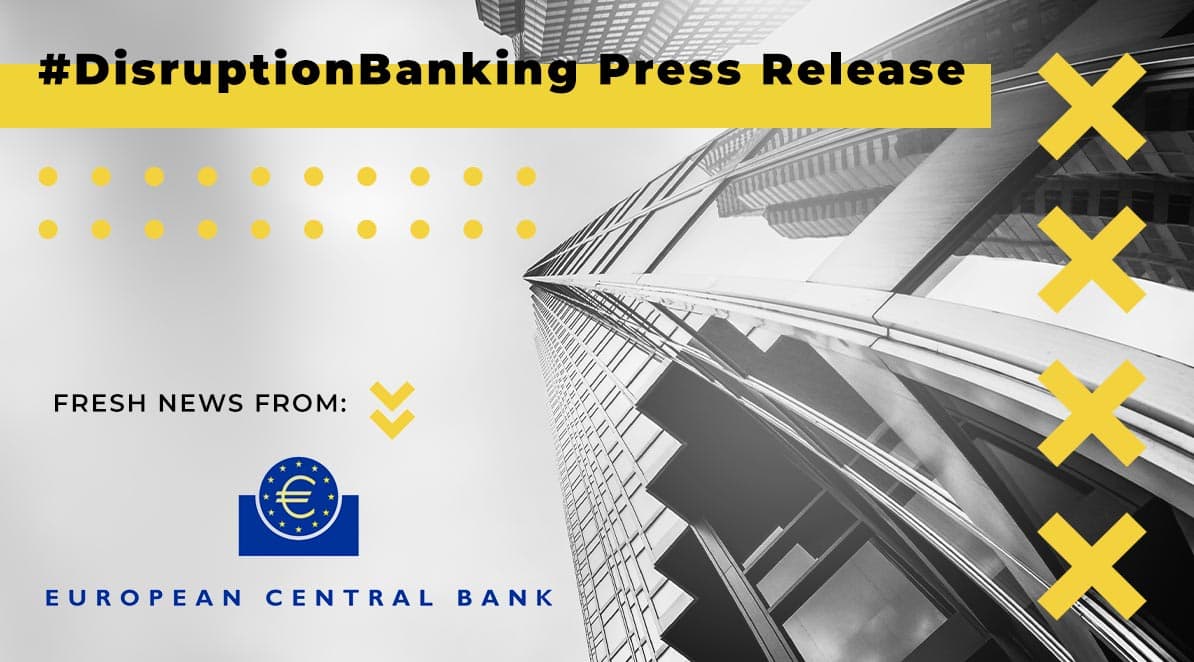Microsoft and BlackRock are set to launch a $30 billion investment fund dedicated to investing in AI infrastructure. The fund will see Microsoft and MGX, an Abu Dhabi-backed investment firm, serving as general partners, while Nvidia, one of the world’s most valuable publicly traded companies, will offer advisory services on factory design and integration.
This highly anticipated fund, which aims to back projects such as data centres and energy initiatives, will be managed by BlackRock’s new infrastructure investment unit, Global Infrastructure Partners. It is poised to become one of the largest investment vehicles ever raised on Wall Street, the Financial Times reported.
BlackRock and Microsoft plan $30bn fund to invest in AI infrastructure https://t.co/kUtI99szS5
— FT Energy (@ftenergy) September 17, 2024
Once operational, the fund’s executives will go about securing an additional $70 billion in debt financing, boosting its total financial capacity to $100 billion. This is more than threefold the equity that will initially be committed by BlackRock and its partners, highlighting the financial firepower of the world’s largest asset manager.
BlackRock’s CEO Larry Fink views the decision to make this massive investment in AI infrastructure as a strategic opportunity for the firm to unlock robust returns over the long-term. “Mobilising private capital to build AI infrastructure like data centres and power will unlock a multitrillion-dollar long-term investment opportunity,” he said in a statement.
While specific details on the projects and their geographic distribution are yet to be disclosed, it has been confirmed that the majority of the investments will be concentrated in the United States.
AI Boosting Demand For Energy Infrastructure
To meet the immense computational demands of generative AI, tech firms have resorted to constructing vast data centres equipped with thousands of interconnected chips. The surge in demand for these specialised data centres that can handle AI workloads has placed a significant strain on existing energy resources – boosting demand for new energy infrastructure.
Currently, data centres globally consume between 1-2% of global electricity, according to the International Energy Agency (IEA). However, by the end of the decade, this figure is expected to rise to 3-4%. Additionally, the IEA projects that global electricity consumption by data centres will exceed 1000 terawatt-hours by 2025, more than double the amount used in 2022.
In the US, which hosts one-third of the world’s data centres, electricity demand is surging for the first time in two decades, driven in part by these energy-intensive facilities. A report from Grid Strategies highlights that five-year projections for electricity demand growth in the US have nearly doubled over the past year, rising from 2.6% to 4.7%.
In his annual chairman’s letter to investors, Fink identified the energy sector as a prime opportunity for growth. He noted that within the $1 trillion global infrastructure sector, “the greatest demand for new investment is energy infrastructure,” emphasising that in his nearly 50 years in finance, he has “never seen more demand for energy infrastructure.”
Fink is of the view that private investment in infrastructure, particularly energy infrastructure, is becoming increasingly vital as governments worldwide grapple with growing public debt while still needing to invest in essential infrastructure projects.
Our critical infrastructure needs are shifting. As countries upgrade their energy grids to support the growing digital demand from AI, governments will need to find creative ways to fund these improvements. BlackRock’s Mark Florian explores. 👇 pic.twitter.com/3bOI5mhy1I
— BlackRock (@BlackRock) September 23, 2024
Deal Could Reinforce Microsoft And Nvidia’s AI Dominance
BlackRock’s strategic alliance with Microsoft and Nvidia underscores the pivotal roles the two tech giants have played in the AI revolution. Both companies have established themselves as leaders in the field, boasting significant advancements and early investments that set them apart from their competitors. This deal could reinforce this dominance by giving both companies access to more market opportunities.
Microsoft’s foresight in investing in OpenAI, a trailblazer in generative AI, has paid off handsomely. OpenAI has already secured approximately $13.5 billion in funding and is reportedly seeking an additional $6.5 billion in venture capital, aiming for a valuation of $150 billion—up from $86 billion in February. The company is also pursuing $5 billion in debt financing.
Meanwhile, Nvidia’s meteoric rise to become one of the world’s most valuable companies can be attributed to its dominance in the data centres sector. In the second quarter alone, Nvidia’s data centres business generated $26.3 billion in revenue, marking a 154% year-on-year increase and accounting for a staggering 88% of the company’s total sales.
This impressive commercial performance has solidified Nvidia’s position as one of the top performing stocks in the S&P 500 and Nasdaq 100 indices, with its stock up 141% year to date. In just slightly over a year, its market cap has ballooned from $1 trillion to the current $2.85 trillion – if it were a European country it would have the fourth largest GDP, behind only France, the UK and Germany.
Risks Ahead
Over the past two years, investor hype over AI has driven markets to record new highs. This trend is likely to persist, as AI exhibits many of the characteristics of a long-term secular trend— these usually occur due to persistent and overarching shifts in the economy or specific industries and unfold over extended periods, often spanning decades.
Investing in secular trends can offer substantial profits if done correctly. Historically, investors who’ve capitalised on trends such as the rise of the internet and the emergence of cloud computing have enjoyed significant profits. Unlike cyclical trends, which fluctuate with economic cycles, secular trends remain relatively stable and continue in the same direction regardless of short-term market conditions.
However, this does not guarantee that AI stocks will continue to outperform, nor should investors blindly invest in AI-related opportunities without thoroughly assessing the risks and underlying economics. As legendary trader Jesse Livermore once said, “The stock market is never obvious. It is designed to fool most of the people, most of the time.”
Any rapidly rising asset class – such as the stocks and ETFs that have been propelled by AI – risks becoming a bubble if market expectations significantly exceed the true economic potential. Indeed, some economists and experts are already voicing concerns that this could be the case with AI.
Investors need to beware of the soaring valuations of companies that are betting on #AI as the next frontier of #growth. AI has indeed shown great promise and potential, but it also faces many challenges and uncertainties.https://t.co/Y8F3PlTre0
— #DisruptionBanking (@DisruptionBank) December 19, 2023
An Inflating Bubble?
Ed Yardeni, a prominent economist with Yardeni Research, recently sounded the alarm on a potential bubble in AI stocks. Yardeni argued that AI “rock stars” like Nvidia’s CEO Jensen Huang and OpenAI founder Sam Altman, were overhyping the technology and driving AI stocks to unprecedented highs.
“While we love the productivity-enhancing possibilities that artificial intelligence offers, the AI phenomenon has many of the hallmarks of an inflating bubble,” Yardeni wrote in a note to clients. He explained that when semiconductor industry demand is strong, customers often over-order chips in anticipation of shortages. Once their needs are met, orders drop abruptly, leaving manufacturers and wholesalers with excess inventory.
Yardeni also highlighted that many well-funded AI startups have yet to turn a profit, despite their rapidly rising valuations. He is not alone in his concerns. Jim Covello, head of global equity research at Goldman Sachs, has also warned that the economic benefits of AI might be overstated.
In a new report titled “Gen AI: Too Much Spend, Too Little Benefit?” co-authored by MIT economist Daron Acemoglu, Covello argued that despite the surge in generative AI spending, the technology’s economic upside over the next decade would be limited. The report contends that AI “isn’t designed to solve the complex problems that would justify the costs”, and that there was “little to show for the spending so far”.
“The crucial question is: what $1tn problem will AI solve? Replacing low wage jobs with tremendously costly technology is basically the polar opposite of the prior technology transitions I’ve witnessed in my 30 years of closely following the tech industry,” Covello contended.
Author: Acutel
We are global investors who invest in good companies at fair valuation and speculate on all else subject to the risk exposure we can afford.
The editorial team at #DisruptionBanking has taken all precautions to ensure that no persons or organisations have been adversely affected or offered any sort of financial advice in this article. This article is most definitely not financial advice.
Author: Acutel
We are global investors who invest in good companies at fair valuation and speculate on all else subject to the risk exposure we can afford.
The editorial team at #DisruptionBanking has taken all precautions to ensure that no persons or organisations have been adversely affected or offered any sort of financial advice in this article. This article is most definitely not financial advice.















